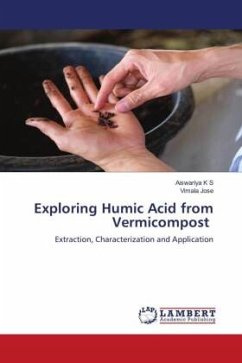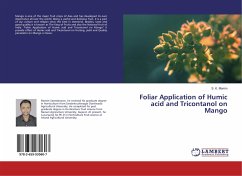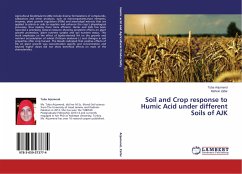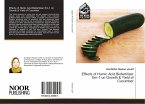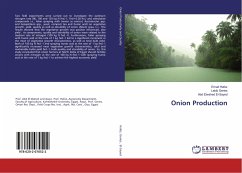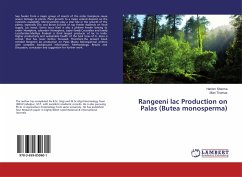The most prevalent natural complexing ligands found in nature are humic compounds. As the majority of the organic components of soil, peat, lignites, brown coals, sewage, natural waterways, and their sediments, they make up the majority of organic matter. The most widely used class of humic compounds is Humic Acid. Humic acid supplementation is necessary since modern agricultural practices reduce the amount of humic acid in the soil and often filter it out of water. In this case, humic acid was extracted from vermicompost and identified using FTIR and UV-Visible spectroscopy. The impact of the extracted humic acid on the germination and viability of rice seedlings was investigated. In comparison to the control, the seedlings cultivated in the humic acid medium displayed higher rates of germination, longer roots and shoots, and faster growth of lateral root initials. This brings out the potential of humic acid in the application in agricultural systems.

